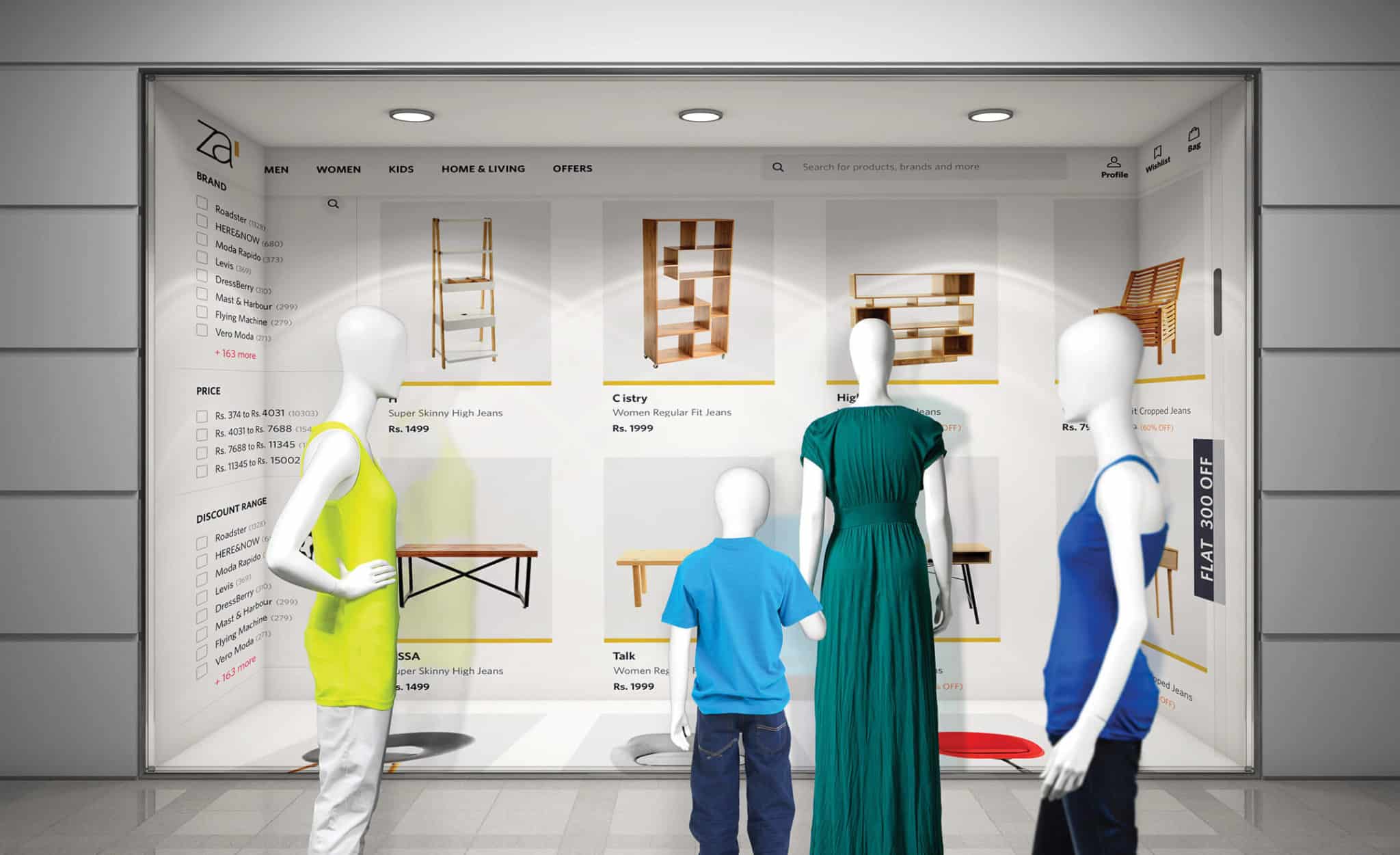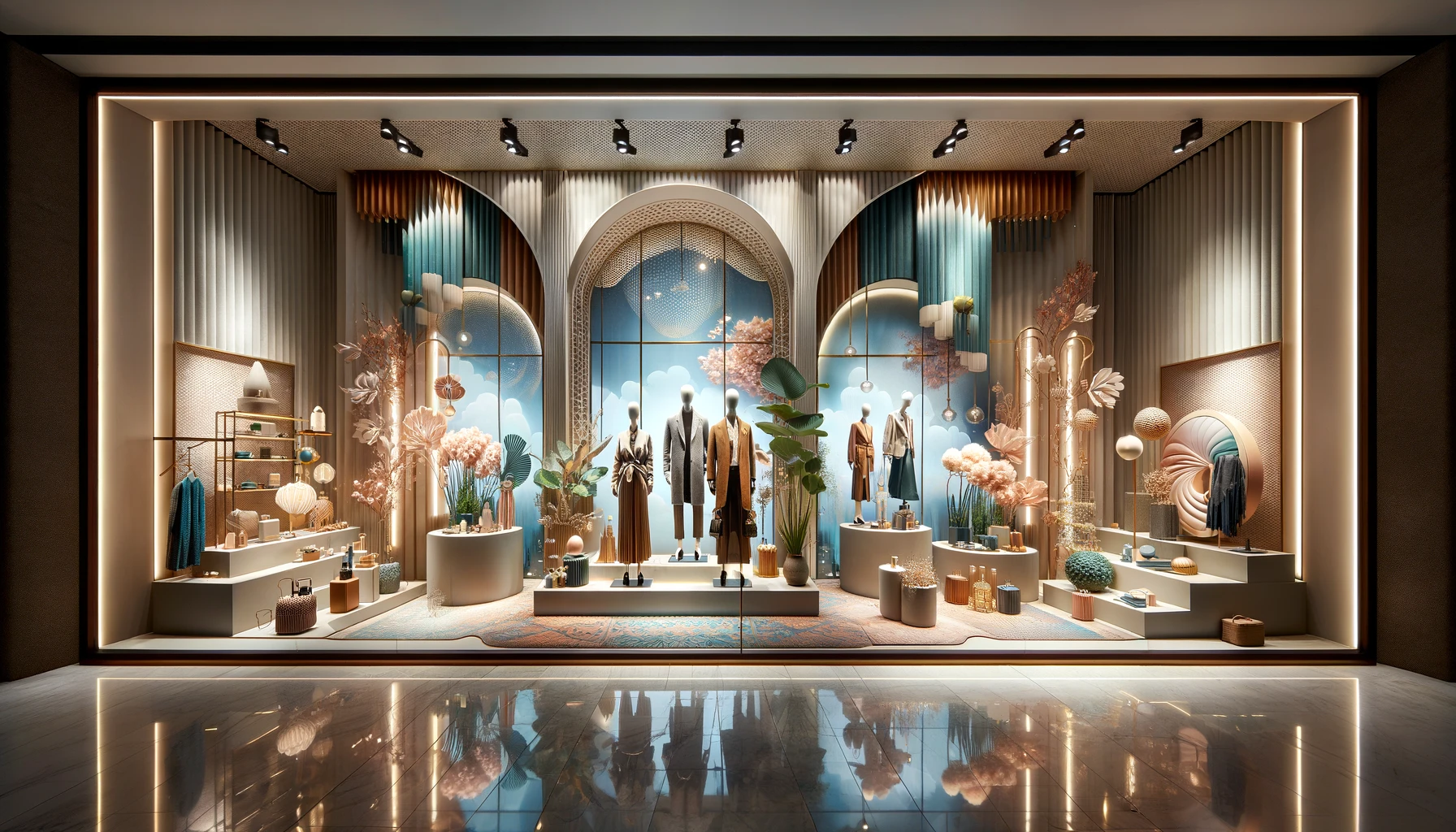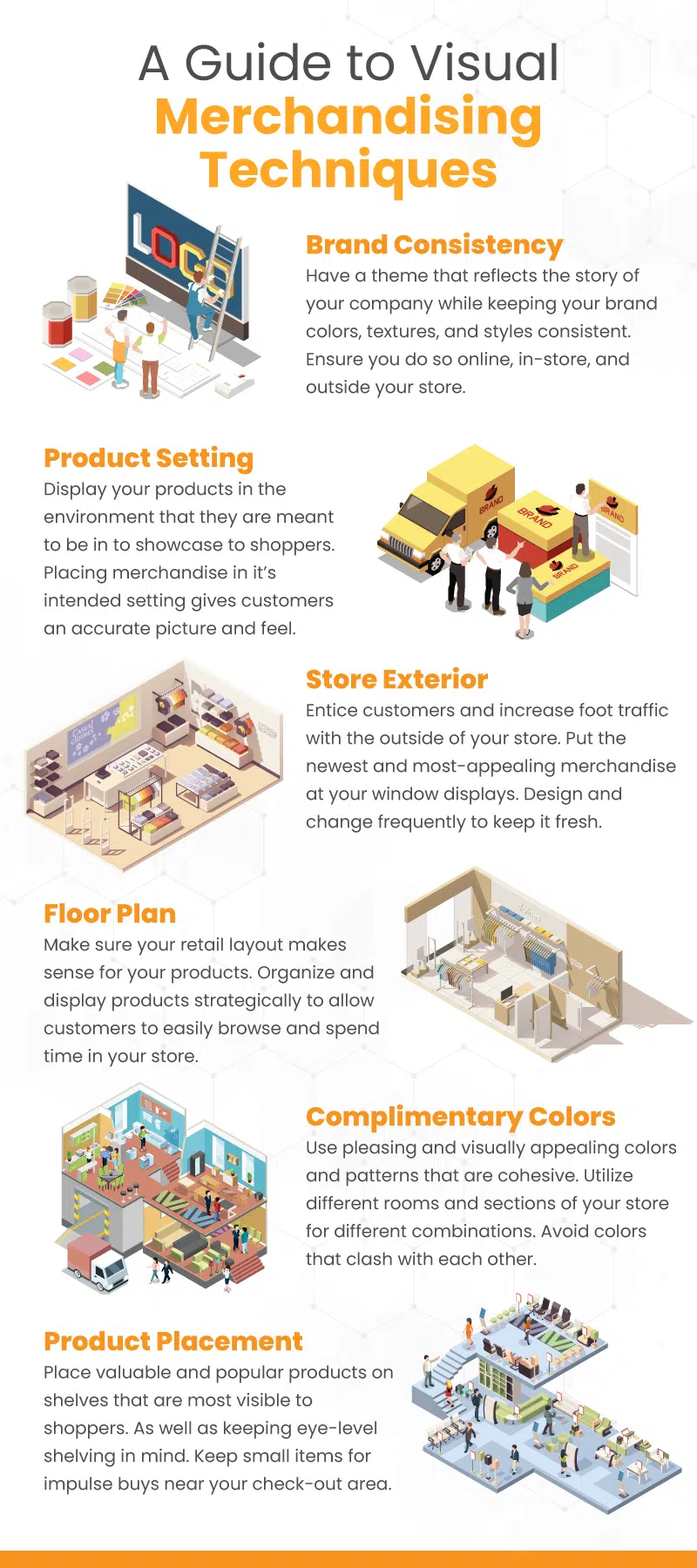The Art Of Visual Merchandising: A Guide To Captivating Customers
The Art of Visual Merchandising: A Guide to Captivating Customers
Related Articles: The Art of Visual Merchandising: A Guide to Captivating Customers
Introduction
With enthusiasm, let’s navigate through the intriguing topic related to The Art of Visual Merchandising: A Guide to Captivating Customers. Let’s weave interesting information and offer fresh perspectives to the readers.
Table of Content
The Art of Visual Merchandising: A Guide to Captivating Customers
Visual merchandising is the art and science of presenting products and services in a way that attracts, engages, and inspires customers. It goes beyond simply displaying items on shelves; it involves creating an immersive experience that tells a story, evokes emotions, and ultimately drives sales. This comprehensive guide delves into the multifaceted world of visual merchandising, exploring its principles, techniques, and impact on modern commerce.
The Essence of Visual Merchandising
At its core, visual merchandising aims to transform a retail space into a captivating environment that encourages customer interaction. This is achieved through a strategic combination of elements:
- Visual Storytelling: Every display should tell a story, whether it’s showcasing the latest trends, highlighting product benefits, or evoking a particular mood. Visual narratives can be crafted through product placement, lighting, color palettes, and the use of props and signage.
- Customer Engagement: The goal is to create an experience that invites customers to explore, discover, and interact with the merchandise. This can be achieved through interactive displays, engaging window displays, and the use of technology to enhance the shopping experience.
- Brand Identity: Visual merchandising is an extension of a brand’s identity, reflecting its values, personality, and target audience. Consistent branding across all visual elements ensures a cohesive and memorable customer experience.
- Product Presentation: How products are displayed significantly influences customer perception. Effective product presentation involves showcasing key features, highlighting benefits, and creating a sense of desirability through attractive displays and careful arrangement.
The Benefits of Effective Visual Merchandising
Investing in visual merchandising yields significant benefits for businesses across all industries:
- Increased Sales: By capturing attention, creating desire, and encouraging interaction, visual merchandising directly contributes to increased sales. A well-executed display can influence customer purchasing decisions and lead to impulse buys.
- Enhanced Brand Image: Consistent and impactful visual merchandising strengthens brand identity, creating a lasting impression on customers. It reinforces brand values, personality, and positioning in the market.
- Improved Customer Experience: A visually appealing and engaging environment enhances the overall shopping experience, making customers feel valued and welcome. This fosters customer loyalty and encourages repeat business.
- Competitive Advantage: In a crowded marketplace, visual merchandising provides a unique opportunity to differentiate a business from competitors. By creating a distinct and memorable experience, businesses can stand out and attract a larger customer base.
Key Elements of Visual Merchandising
Visual merchandising encompasses a wide range of elements, each contributing to the overall impact and effectiveness of the display:
- Window Displays: The first point of contact for customers, window displays play a crucial role in attracting attention and conveying the brand’s message. They should be eye-catching, enticing, and reflective of current trends and seasonal changes.
- In-Store Displays: From mannequins to shelves, in-store displays showcase products and create a visual flow throughout the retail space. They should be strategically placed, well-lit, and organized to facilitate easy navigation and product discovery.
- Lighting: Lighting plays a vital role in creating ambiance and highlighting products. Proper lighting can enhance colors, textures, and shapes, creating a more desirable and inviting atmosphere.
- Color Psychology: Colors evoke specific emotions and associations. Understanding color psychology is crucial for creating displays that resonate with the target audience and convey the desired message.
- Signage and Graphics: Signage provides essential information, guiding customers through the retail space and highlighting promotions. Graphics can enhance the visual appeal of displays and convey brand messaging effectively.
- Props and Accessories: Props and accessories add visual interest and create a sense of narrative. They can be used to create a theme, highlight product features, and evoke specific emotions.
- Technology Integration: Incorporating technology into visual merchandising can enhance customer engagement and provide interactive experiences. This includes digital displays, touchscreens, and augmented reality applications.
Visual Merchandising Strategies for Different Industries
The application of visual merchandising principles varies across different industries, reflecting specific customer needs and product characteristics:
- Fashion Retail: Fashion retailers rely heavily on visual merchandising to showcase the latest trends, create aspirational imagery, and encourage impulse purchases. Mannequins, window displays, and in-store displays are essential tools for attracting customers and promoting new arrivals.
- Grocery Stores: Grocery stores use visual merchandising to organize products, highlight seasonal items, and encourage cross-selling. Displays should be clear, easy to navigate, and visually appealing, emphasizing fresh produce and popular items.
- Electronics Retailers: Electronics retailers utilize visual merchandising to create interactive experiences, showcase product features, and demonstrate technology. This includes interactive displays, product demos, and the use of technology to enhance the shopping experience.
- Luxury Retail: Luxury retailers focus on creating an exclusive and luxurious experience through sophisticated displays, high-quality materials, and impeccable presentation. Visual merchandising plays a crucial role in conveying the brand’s prestige and exclusivity.
- E-commerce: While primarily digital, e-commerce businesses can still leverage visual merchandising principles to create an engaging online shopping experience. High-quality product photography, compelling product descriptions, and user-friendly website design are essential elements.
FAQs on Visual Merchandising
Q: What are the most common mistakes in visual merchandising?
A: Common mistakes include:
- Overcrowding displays: Too many products can overwhelm customers and make it difficult to navigate.
- Poor lighting: Inadequate lighting can make products look dull and unappealing.
- Inconsistent branding: A lack of cohesive branding can create a disjointed and unprofessional look.
- Ignoring customer needs: Displays should cater to the specific needs and preferences of the target audience.
- Neglecting window displays: Window displays are often overlooked but can significantly impact customer foot traffic.
Q: How can I measure the effectiveness of visual merchandising?
A: Measuring the effectiveness of visual merchandising can be achieved through:
- Sales tracking: Monitor sales figures before and after implementing visual merchandising changes to assess their impact.
- Customer feedback: Conduct surveys, focus groups, or gather online reviews to gauge customer reactions to displays.
- Foot traffic analysis: Track the number of customers entering the store to determine the effectiveness of window displays and overall visual appeal.
- Social media engagement: Monitor social media activity related to the store or specific displays to gauge customer engagement and brand awareness.
Q: What are some emerging trends in visual merchandising?
A: Emerging trends include:
- Interactive displays: Incorporating technology to create interactive experiences that engage customers and provide product information.
- Personalized displays: Tailoring displays to individual customer preferences based on data and purchase history.
- Sustainability: Using eco-friendly materials and practices to create sustainable and environmentally conscious displays.
- Experiential marketing: Creating immersive experiences that go beyond traditional product displays and engage customers on a deeper level.
Tips for Effective Visual Merchandising
- Know your target audience: Understand their needs, preferences, and shopping habits to create displays that resonate with them.
- Create a clear brand identity: Ensure all visual elements reflect the brand’s values, personality, and target audience.
- Use color psychology effectively: Choose colors that evoke the desired emotions and associations.
- Highlight product features: Showcase key features and benefits through strategic product placement and signage.
- Keep it simple and organized: Avoid overwhelming customers with too many products or cluttered displays.
- Use lighting strategically: Enhance product visibility and create a welcoming ambiance.
- Stay up-to-date with trends: Monitor industry trends and adapt displays accordingly.
- Measure and analyze results: Track the effectiveness of displays and make adjustments as needed.
Conclusion
Visual merchandising is a powerful tool for enhancing brand image, driving sales, and creating a memorable customer experience. By understanding its principles, techniques, and benefits, businesses can leverage its potential to attract customers, differentiate themselves in a competitive market, and achieve their business objectives. As technology and consumer preferences continue to evolve, visual merchandising will play an increasingly vital role in shaping the future of retail. By embracing innovation and focusing on creating engaging and impactful experiences, businesses can harness the power of visual merchandising to captivate customers and drive success.


![The Art & Science of Visual Merchandising [Evolution of Retail]](https://www.rosedisplays.com/wp-content/uploads/10-evenglow-inspirational-1.jpg)


Closure
Thus, we hope this article has provided valuable insights into The Art of Visual Merchandising: A Guide to Captivating Customers. We thank you for taking the time to read this article. See you in our next article!
You may also like
Recent Posts
- Shaping The Homes Of Tomorrow: Home Decor Trends For 2025
- Navigating The Evolving Landscape Of Home Decor Trends: A Comprehensive Guide
- Weaving History And Home: A Guide To Unique Vintage Farmhouse Decor
- The Enduring Appeal Of Wooden Duck Home Decor: A Timeless Symbol Of Nature And Serenity
- Beyond The Ordinary: A Guide To Unique Home Decor Accessories
- Navigating The Fast Fashion Landscape: Exploring Alternatives To SHEIN
- A Global Network Of Home Improvement: The Reach Of The Home Depot
- Finding The Perfect Pieces: A Guide To Home Decor Shopping

Leave a Reply